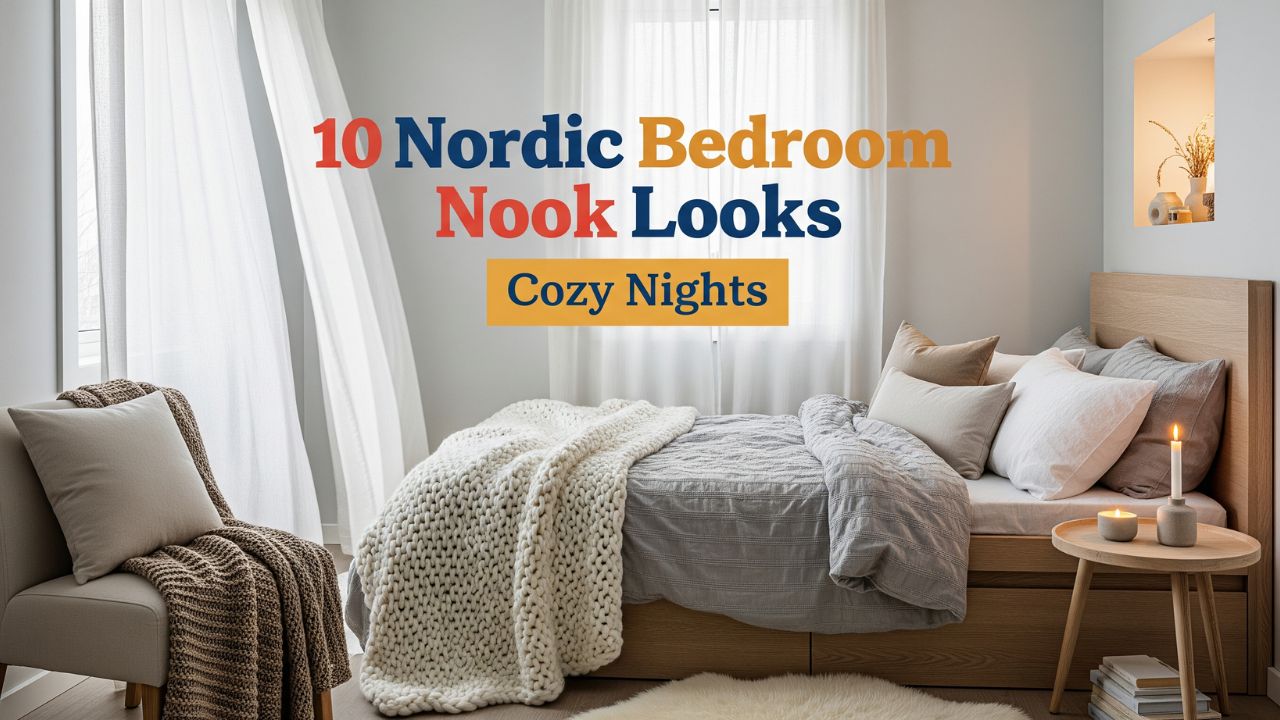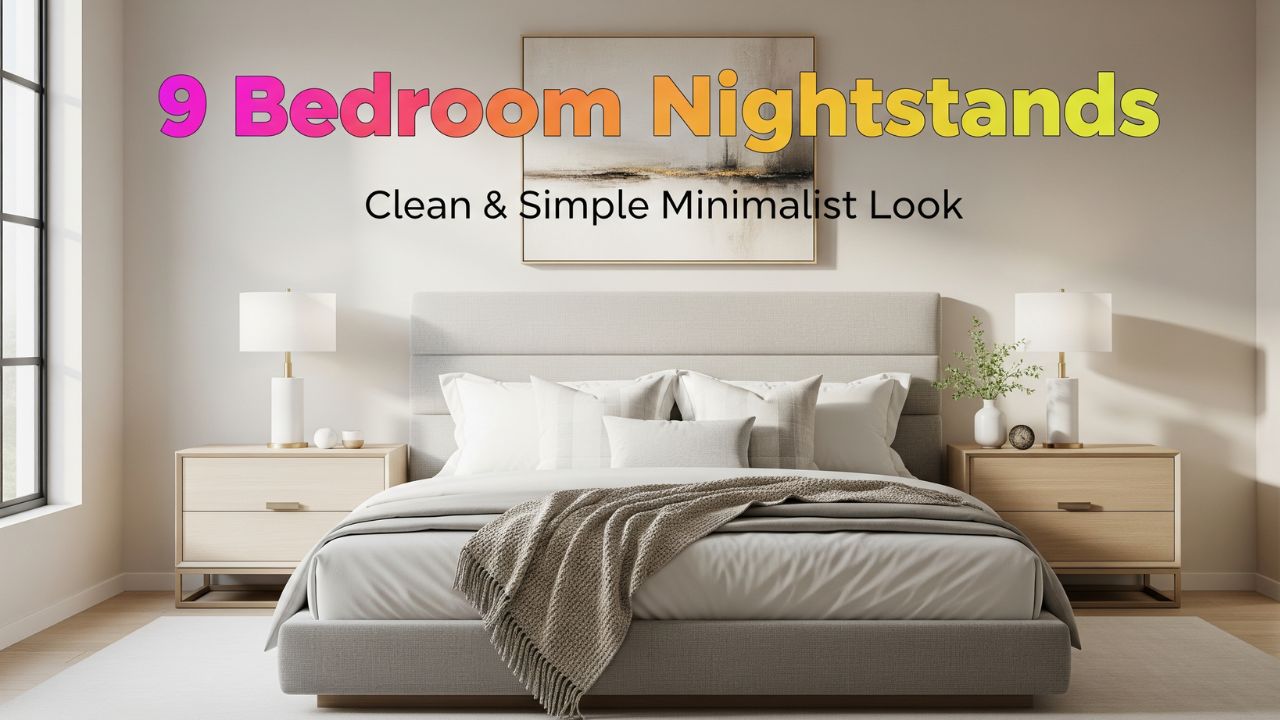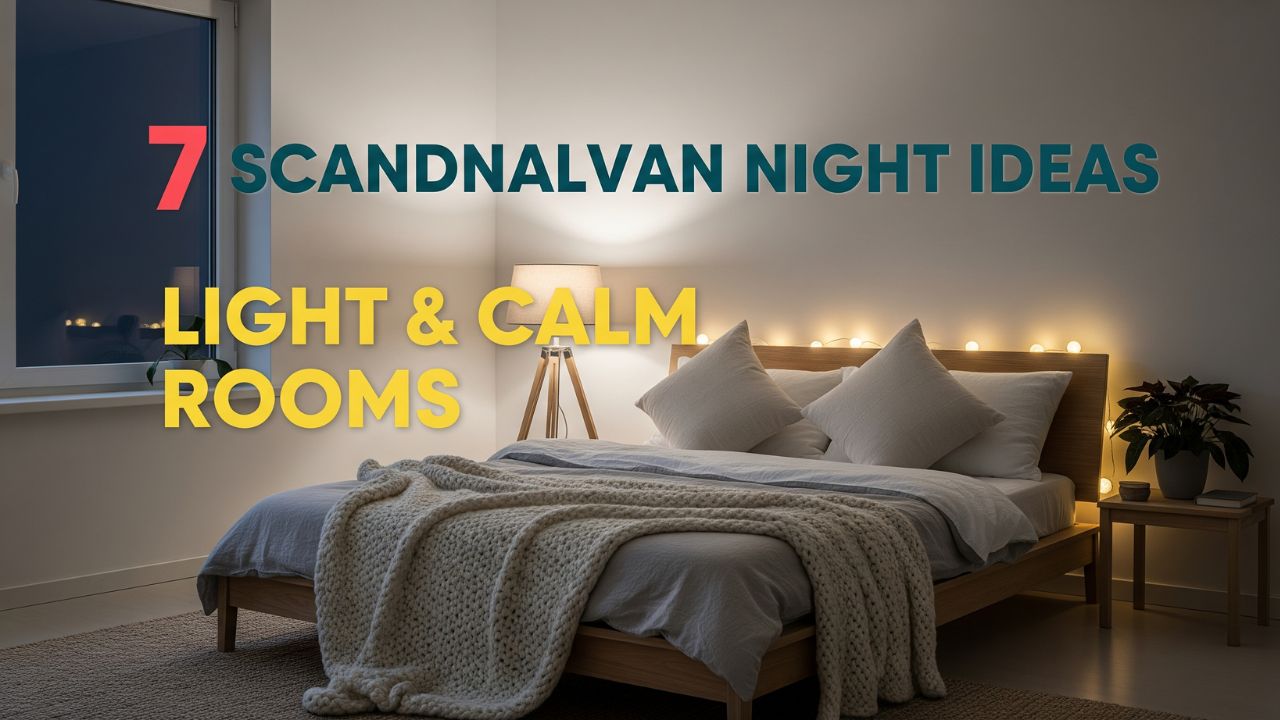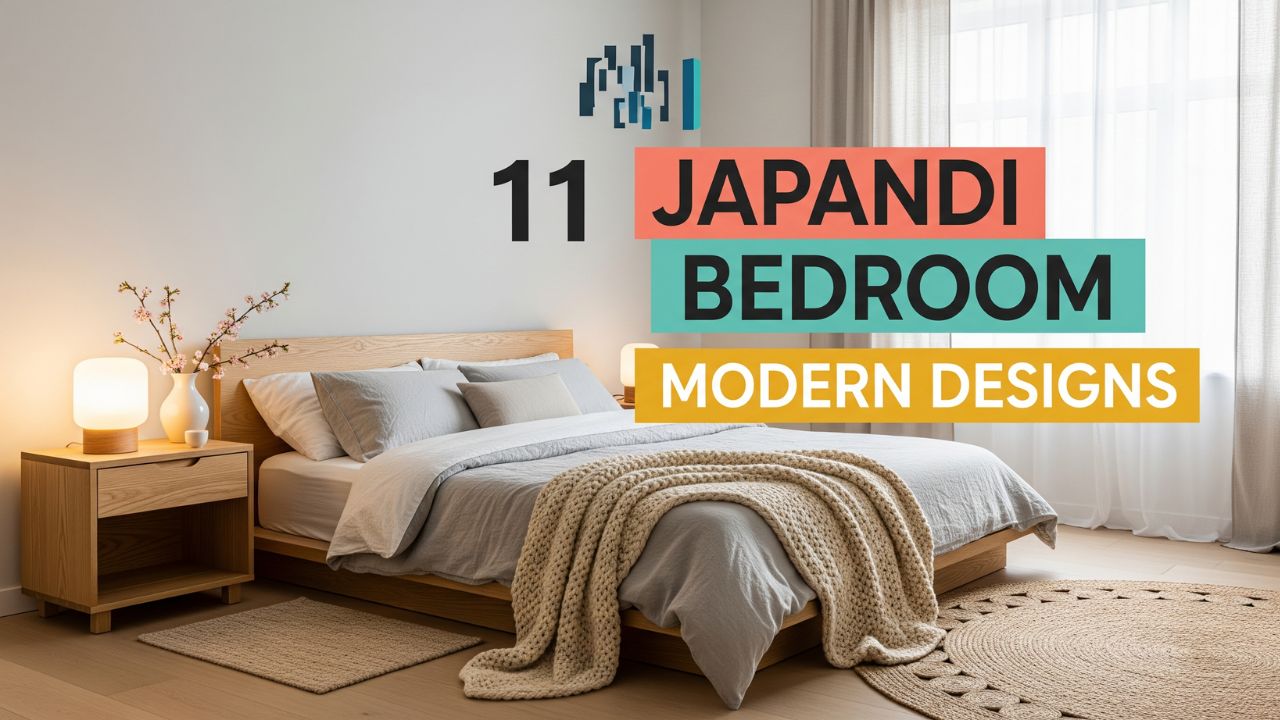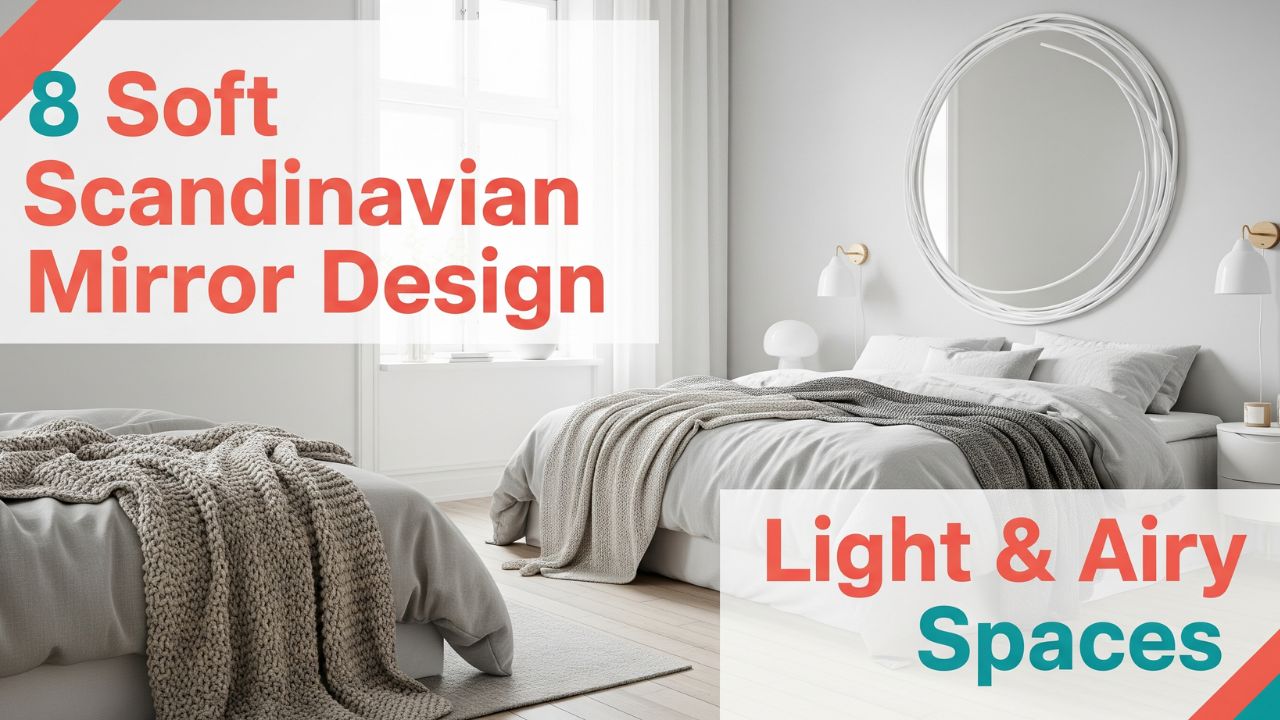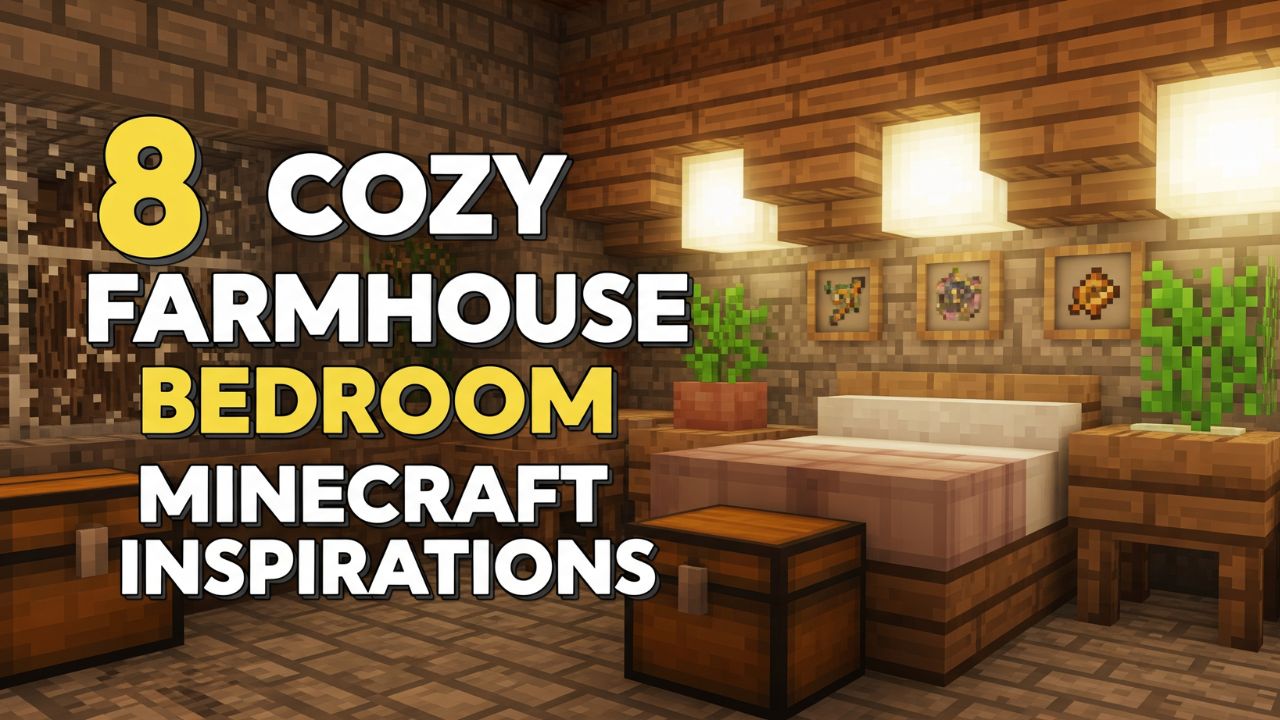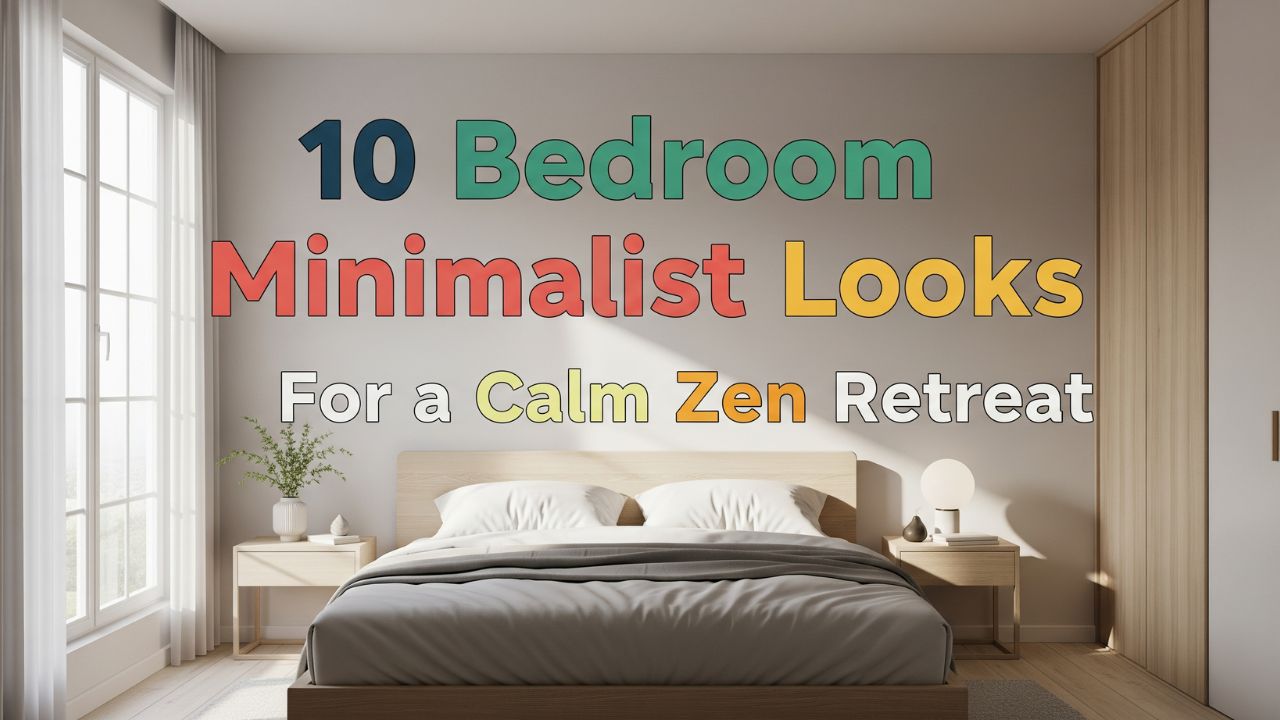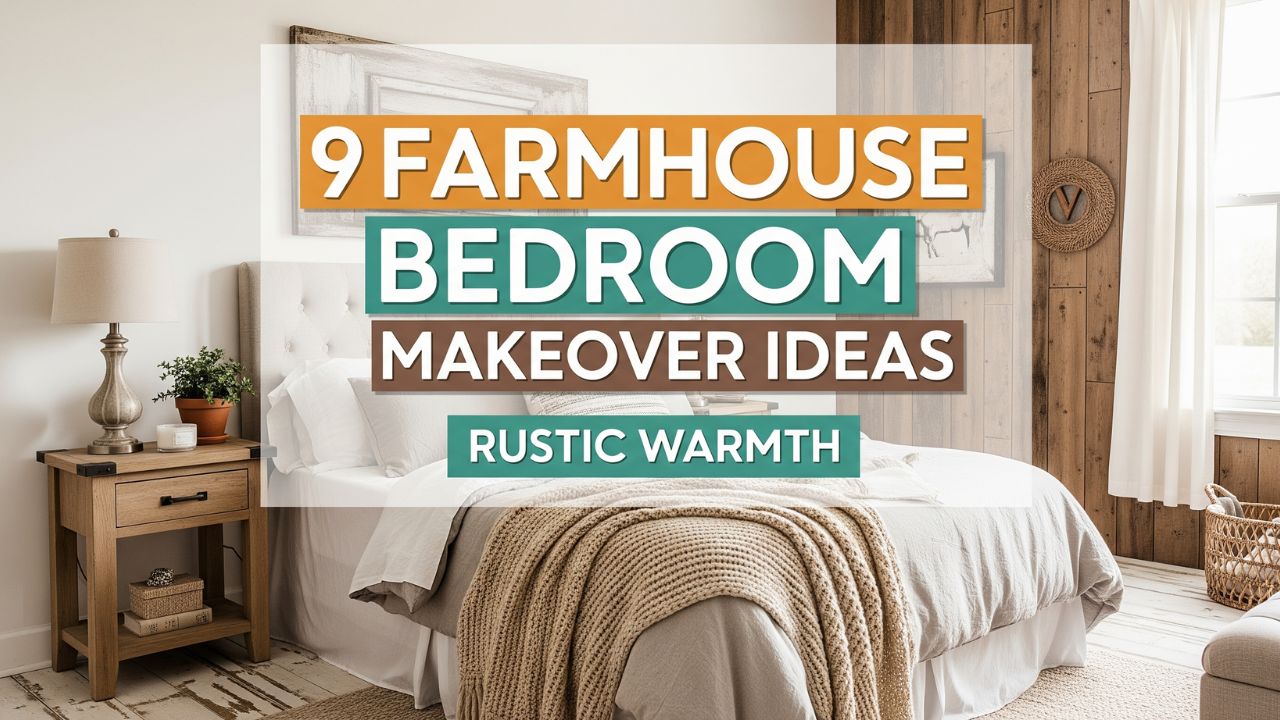Some links in this post are affiliate links. If you make a purchase through these links, I may receive a small commission. This helps support the site at no extra cost to you.
An accent wall is more than just a coat of paint; it’s a powerful design tool that can completely transform a room. It adds depth, introduces personality, and creates a focal point without requiring a full-scale renovation. Forget the outdated notion of a single, jarringly bright wall. Today’s accent walls are sophisticated, creative, and endlessly versatile.
Whether you want to create a cozy nook, make a grand statement, or simply refresh your space, there is an accent wall idea perfect for you.
We will explore 13 dynamic options, from classic paint to innovative materials, that will make your home stand out. Let’s dive into the world of accent walls and find the perfect one to make your space truly pop.
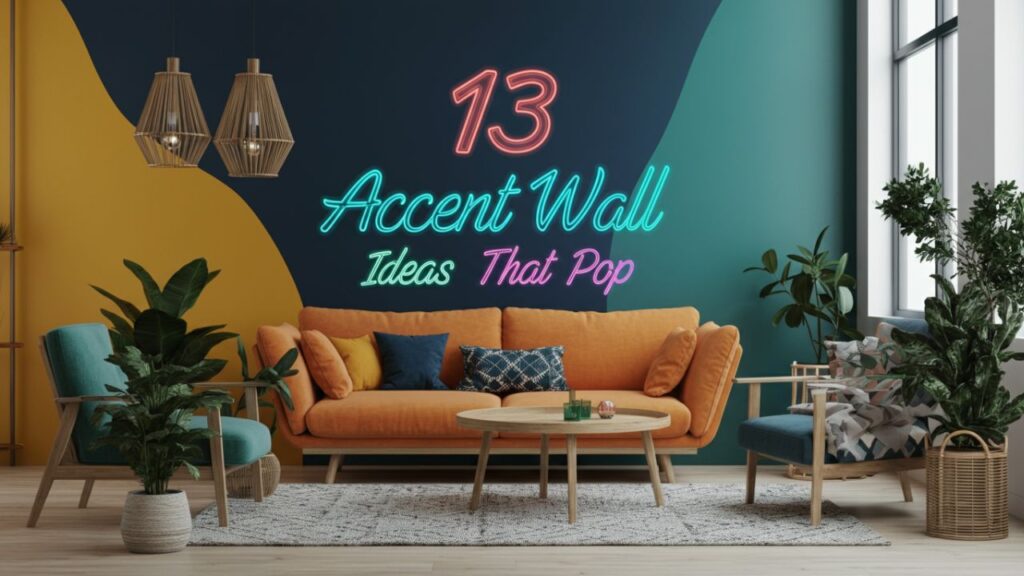
Table of Contents
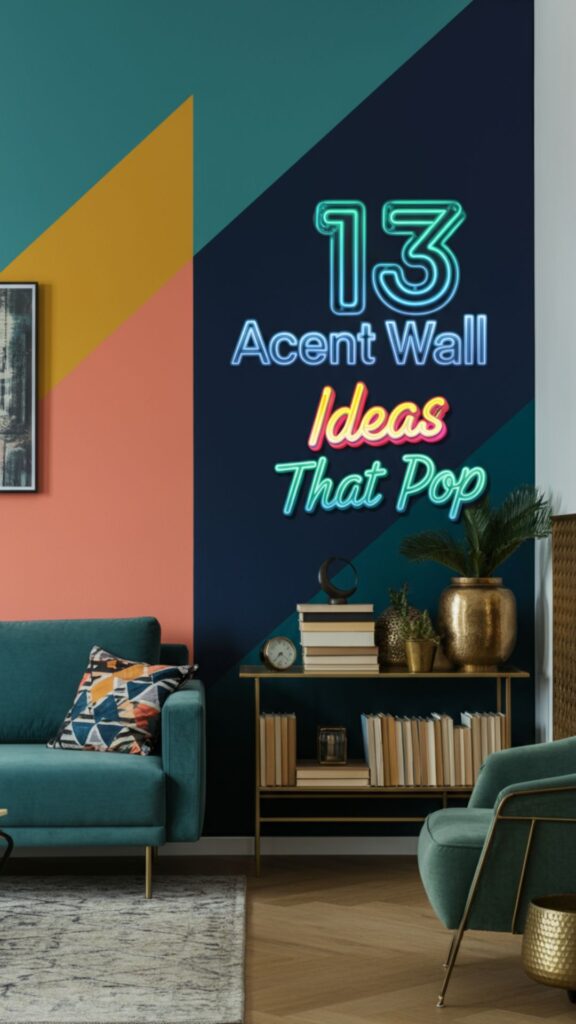
What Is an Accent Wall and Why Do You Need One?
An accent wall, also known as a feature wall, is a single wall in a room that has a different design from the other walls. The goal is to draw the eye and create a point of interest. This can be achieved through a bold color, a unique texture, a captivating pattern, or a different material altogether.
The beauty of an accent wall lies in its ability to deliver maximum impact with minimal commitment. It allows you to experiment with trends, colors, and textures you might hesitate to use on all four walls. It’s an effective way to define a space, add character, and reflect your personal style.
Do You Know? The concept of the accent wall gained significant popularity in the early 2000s. Initially, it was all about painting one wall a dramatically different color, often a bold red or deep blue, to break the monotony of neutral-toned rooms.
Getting Started: Planning Your Perfect Accent Wall
Before you pick up a paintbrush or order wallpaper, a little planning goes a long way. The most successful accent walls feel intentional and seamlessly integrated into the room’s overall design.
1. Choose the Right Wall: The ideal wall for an accent is typically the one you see first when you enter the room. It could also be the wall behind a significant piece of furniture, like your bed’s headboard, the living room sofa, or a fireplace. Avoid walls with too many doors or windows, as they can break up the design and diminish its impact.
2. Consider the Room’s Function: A dramatic, high-energy pattern might be perfect for a dining room where you entertain guests but could be too distracting for a home office where focus is key. Similarly, a soft, calming texture could be ideal for a bedroom.
3. Balance is Key: Your accent wall should complement, not compete with, the rest of your decor. The colors and patterns you choose should harmonize with your furniture, flooring, and other decorative elements. Use it as an opportunity to tie the room together.
13 Accent Wall Ideas to Inspire You
Ready to make a statement? Here are 13 creative accent wall ideas that go beyond a simple coat of paint.
1. The Classic Bold Paint
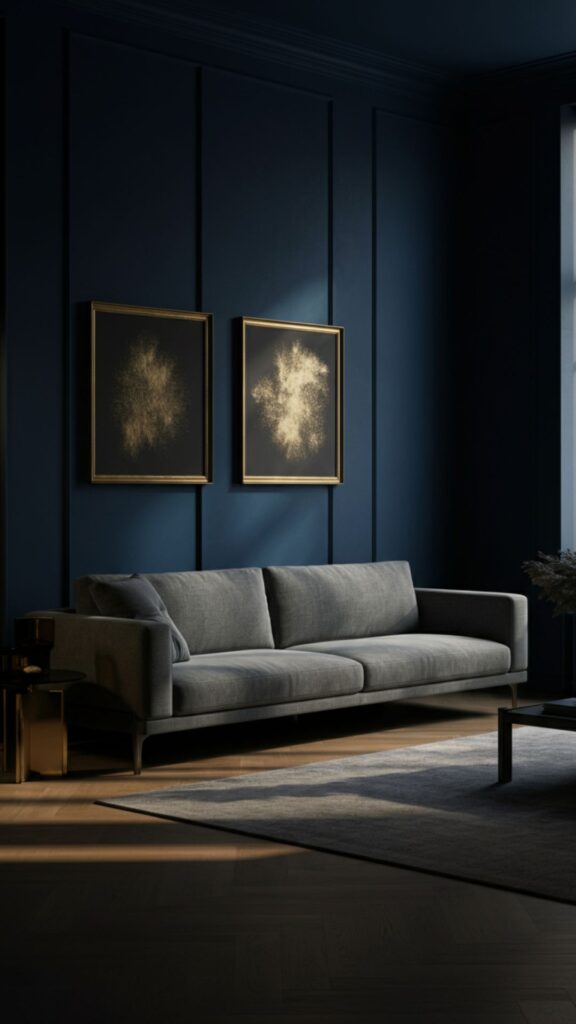
The most straightforward way to create an accent wall is with a can of paint. Choose a color that is significantly darker, brighter, or richer than the other walls. Deep jewel tones like emerald green, sapphire blue, or moody charcoal can add a touch of drama and sophistication.
Pro Tip: Use painter’s tape to create clean, crisp lines. For an extra touch of polish, carry the accent color into the room through throw pillows, a vase, or a piece of art to create a cohesive look.
2. Geometric Paint Designs
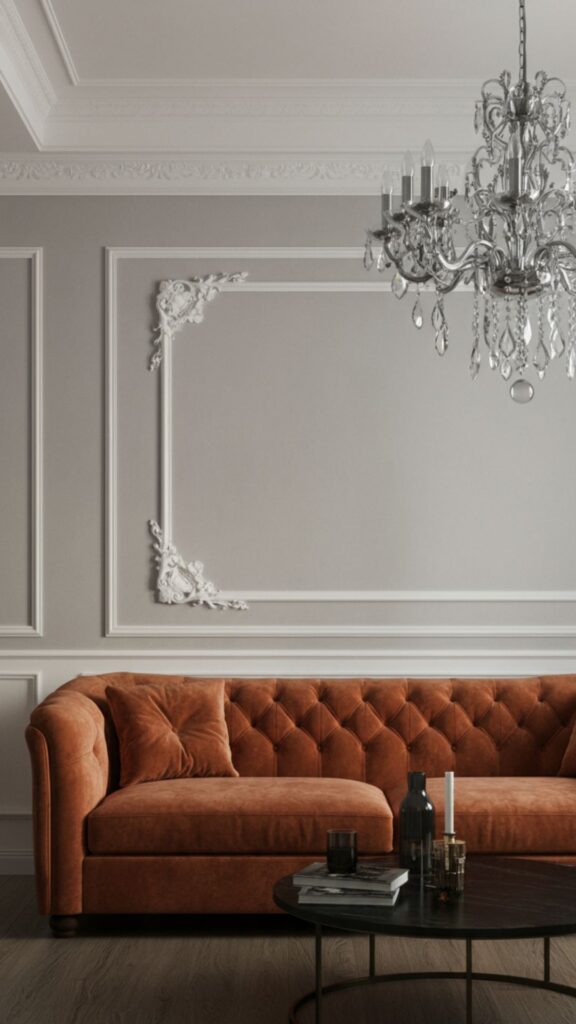
Elevate the painted accent wall with geometric patterns. Using painter’s tape, you can create triangles, chevrons, hexagons, or a custom abstract design. This is a budget-friendly way to add a dynamic, modern feel to any room.
You can use a monochromatic scheme with different shades of the same color for a subtle effect or go bold with contrasting colors for a high-energy look. This technique works especially well in kids’ rooms, home offices, and contemporary living spaces.
3. Luxurious Wallpaper
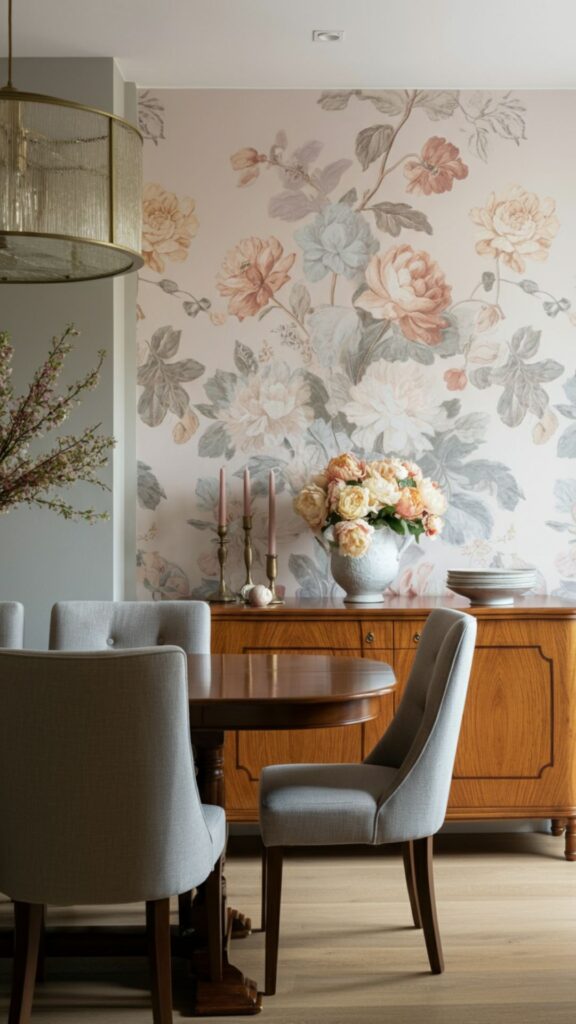
Wallpaper has made a major comeback, offering an incredible range of patterns, textures, and finishes. From large-scale floral prints and intricate botanicals to metallic geometrics and subtle grasscloth, there is a wallpaper for every style.
An accent wall is the perfect place to splurge on a high-end wallpaper that might be too expensive or overwhelming for an entire room. It can instantly add a sense of luxury and artistry.
4. Reclaimed Wood and Shiplap
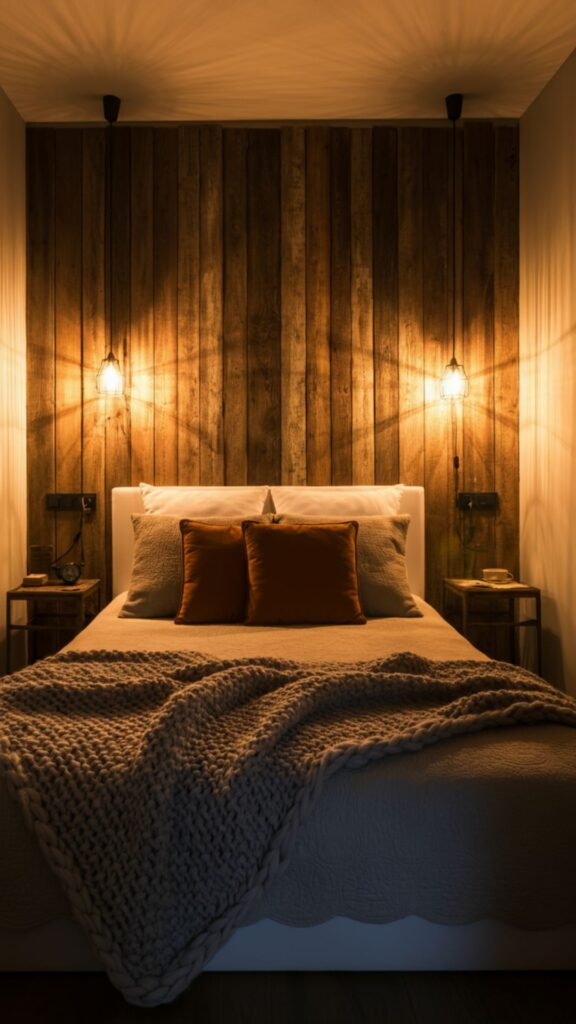
For a touch of rustic charm or coastal flair, a wood accent wall is an excellent choice. Reclaimed wood, with its unique grain, knots, and imperfections, adds warmth and texture. It tells a story and brings an organic element indoors.
Shiplap, with its clean horizontal lines, can create a modern farmhouse or breezy coastal vibe. You can leave the wood in its natural state, stain it, or paint it white for a classic look.
Myth Busted: Accent Walls Make a Room Look Smaller
A common myth is that a dark or bold accent wall will shrink a room. In reality, the opposite can be true. A dark accent wall at the far end of a long, narrow room can actually make the space feel wider by drawing the eye and creating an illusion of depth. It’s all about strategic placement.
5. Exposed Brick
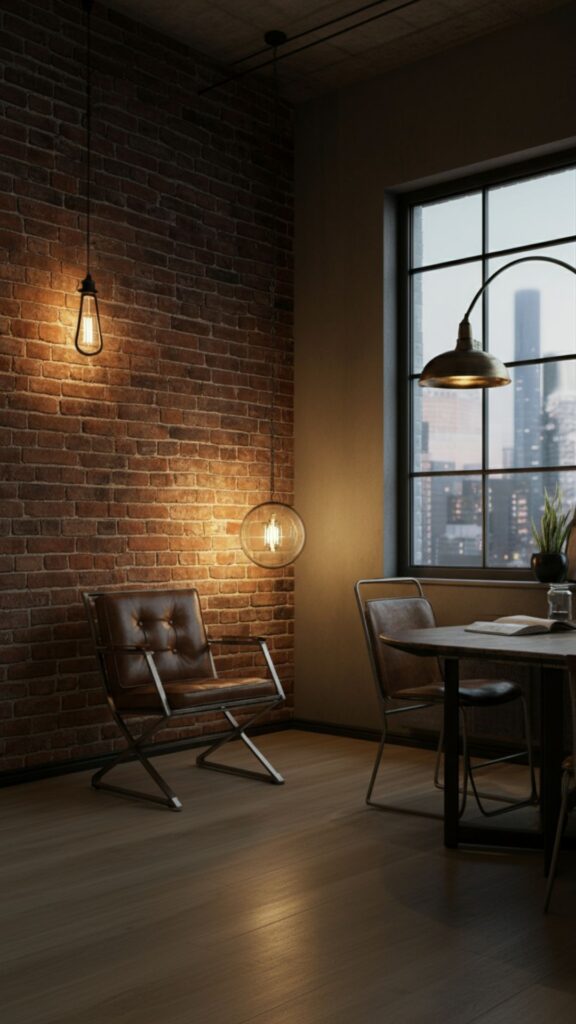
The industrial-chic appeal of exposed brick is timeless. It adds texture, character, and a sense of history to a space. If you’re lucky enough to have original brickwork hiding behind your drywall, exposing and sealing it can create a stunning feature.
For those not blessed with original brick, thin brick veneers offer a highly realistic alternative. They are lightweight, easy to install, and provide the same rugged, textural effect as the real thing.
6. Modern Board and Batten
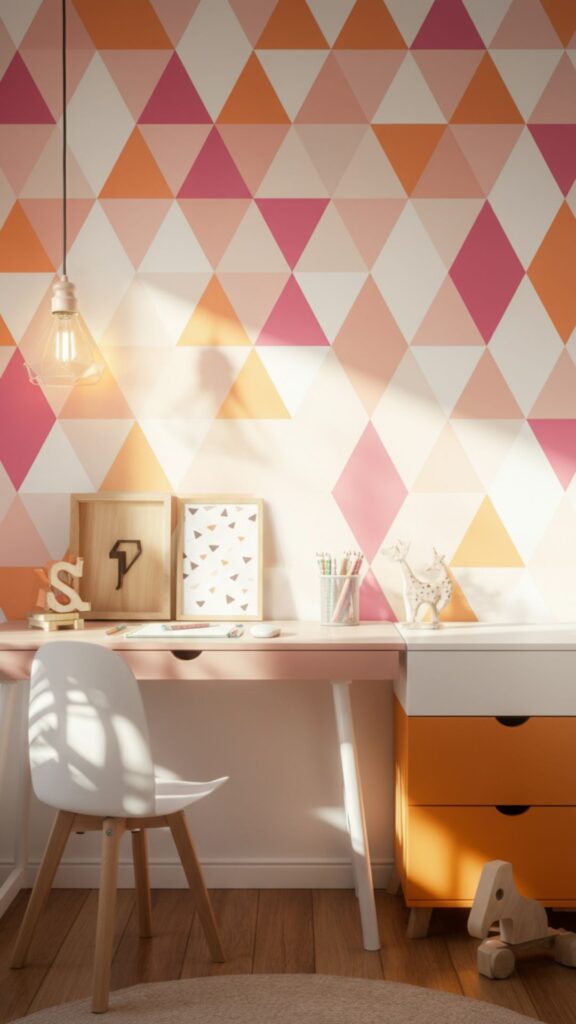
Board and batten is a classic wall treatment that involves adding strips of wood (battens) over a flat panel (board). While traditionally used for a farmhouse or craftsman look, modern interpretations are taking center stage.
Create a grid pattern, vertical lines, or an asymmetrical design for a contemporary twist. Painting the board and batten in a single, sophisticated color—like deep navy, olive green, or even black—creates a textural, architectural feature that feels both timeless and fresh.
7. Sophisticated Wall Paneling and Moulding
Similar to board and batten, decorative wall moulding adds architectural interest and elegance. Picture frame moulding, also known as wainscoting, can be arranged to create sophisticated panels on your wall.
Paint the moulding and the wall inside it the same color for a subtle, textural effect, a technique known as “color drenching.” This creates a high-end, custom look that adds depth without overwhelming the space with a different color.
8. Concrete and Plaster Finishes
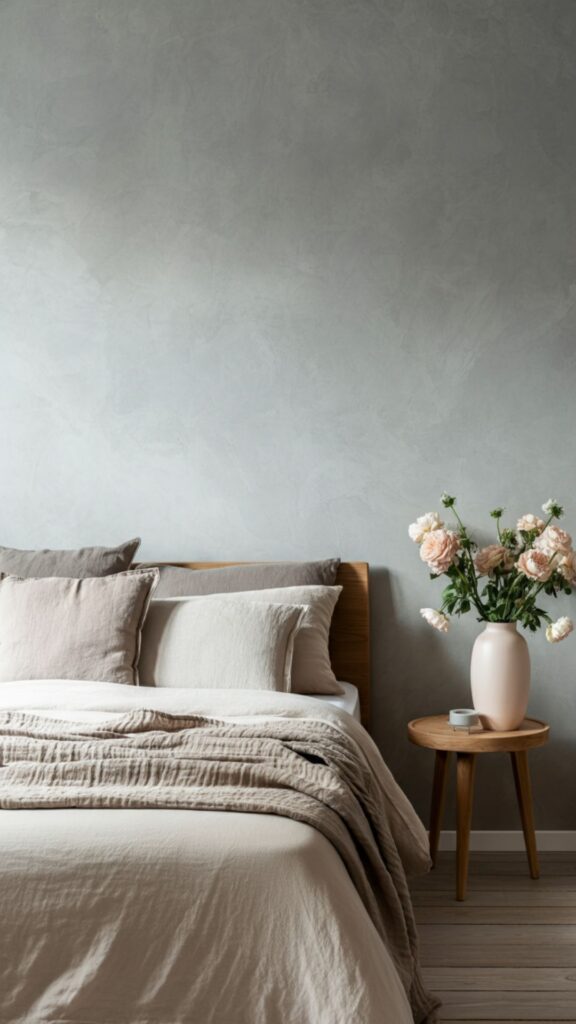
For a minimalist, industrial, or modern organic vibe, consider a concrete or plaster finish. Venetian plaster, limewash, or Roman clay can create a soft, matte texture with subtle movement and depth.
These finishes provide a unique, stone-like appearance that feels both ancient and contemporary. The application process itself is an art form, resulting in a one-of-a-kind surface that adds a layer of earthy sophistication to your room.
Do You Know? Limewash paint is one of the oldest types of paint in the world, dating back to ancient Rome. It is made from crushed limestone that has been burned and mixed with water. Because it penetrates the surface, it creates a unique, chalky patina with soft variations in color.
9. Eye-Catching Murals
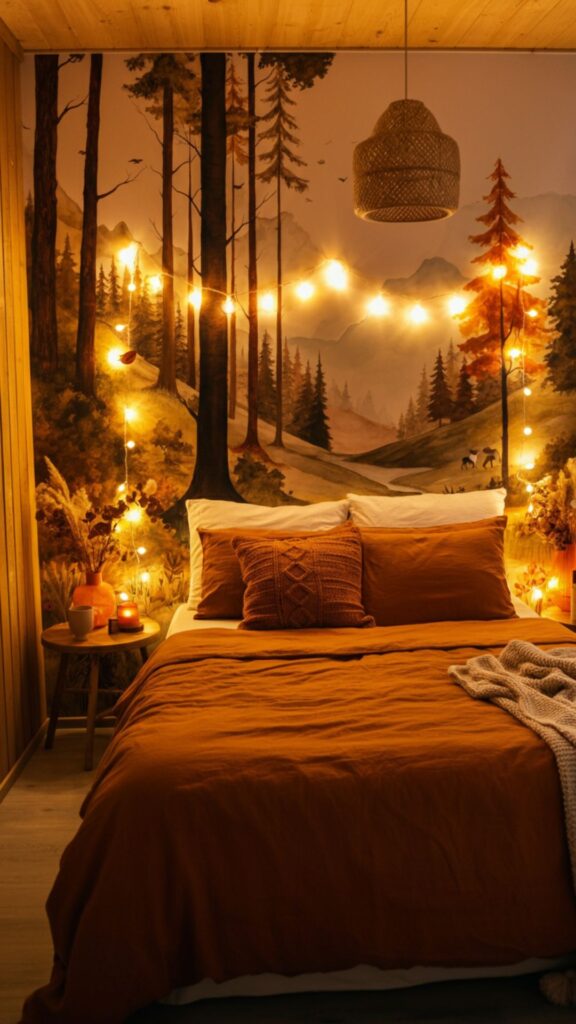
Transform your wall into a work of art with a wall mural. Whether it’s a hand-painted scene or a large-scale peel-and-stick design, a mural makes a powerful and personal statement. Choose anything from a serene forest landscape to an abstract cityscape or a whimsical floral pattern.
A mural can set the entire mood for a room. It’s a fantastic choice for a child’s bedroom, a creative dining space, or any area where you want to spark imagination and conversation.
10. Upholstered Wall Panels
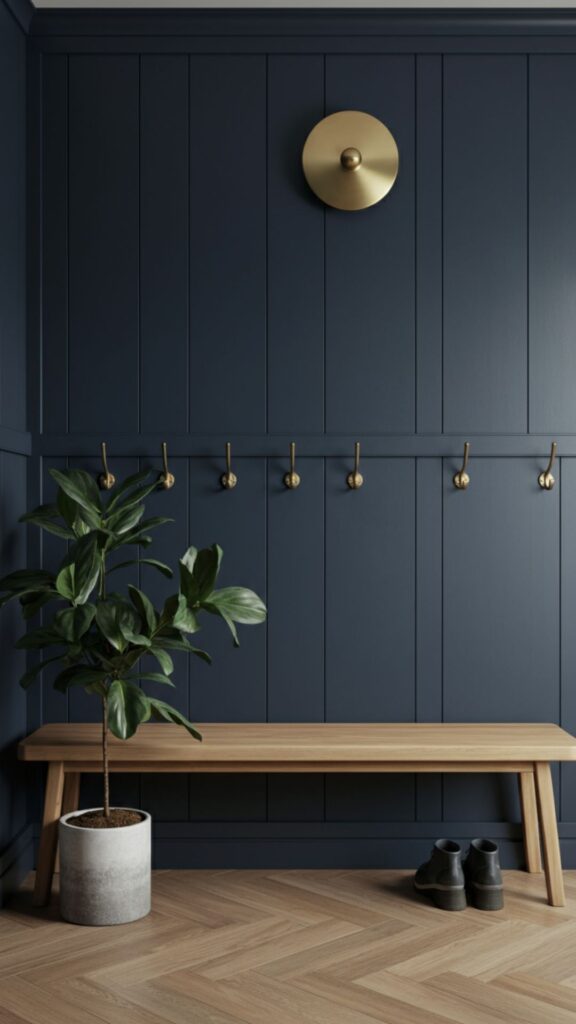
For a touch of softness, luxury, and sound absorption, consider an upholstered accent wall. Fabric panels, especially in materials like velvet, linen, or bouclé, can create a cozy and inviting atmosphere. This is a popular choice for bedrooms, where panels can serve as a floor-to-ceiling headboard.
Upholstered walls also have a practical benefit: they improve room acoustics by dampening sound. This makes them a great option for media rooms, home offices, or bedrooms in noisy urban environments.
11. Living Wall or Vertical Garden
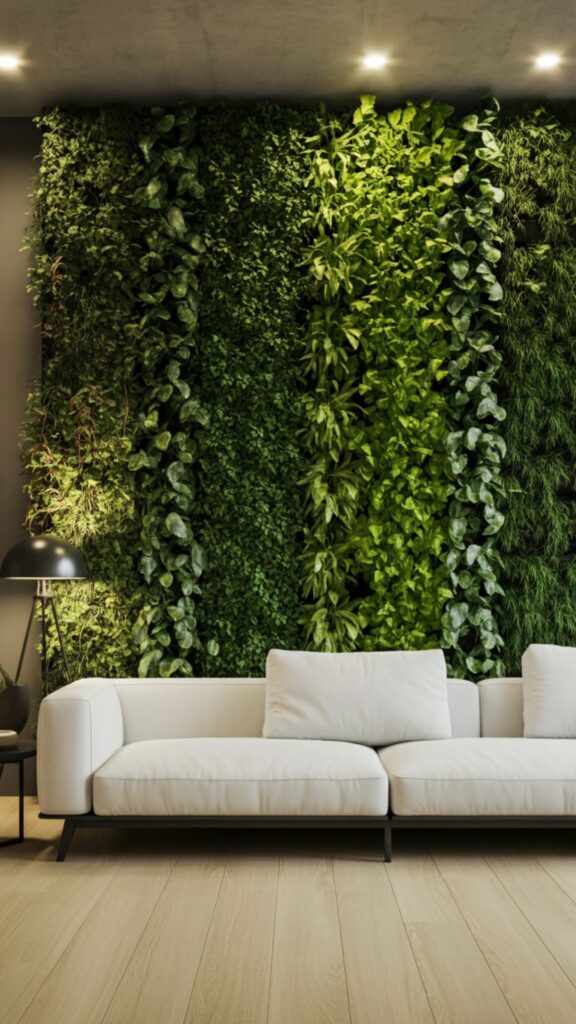
Bring the outdoors in with a living accent wall. A vertical garden filled with lush greenery is a breathtaking feature that purifies the air and adds life to your space. You can install a self-irrigating system or use a collection of wall-mounted planters.
If you don’t have a green thumb, high-quality faux plants or preserved moss walls can provide the same visual impact without the maintenance. This is a truly unique way to create a fresh, vibrant, and healthy environment.
12. Tile It Up
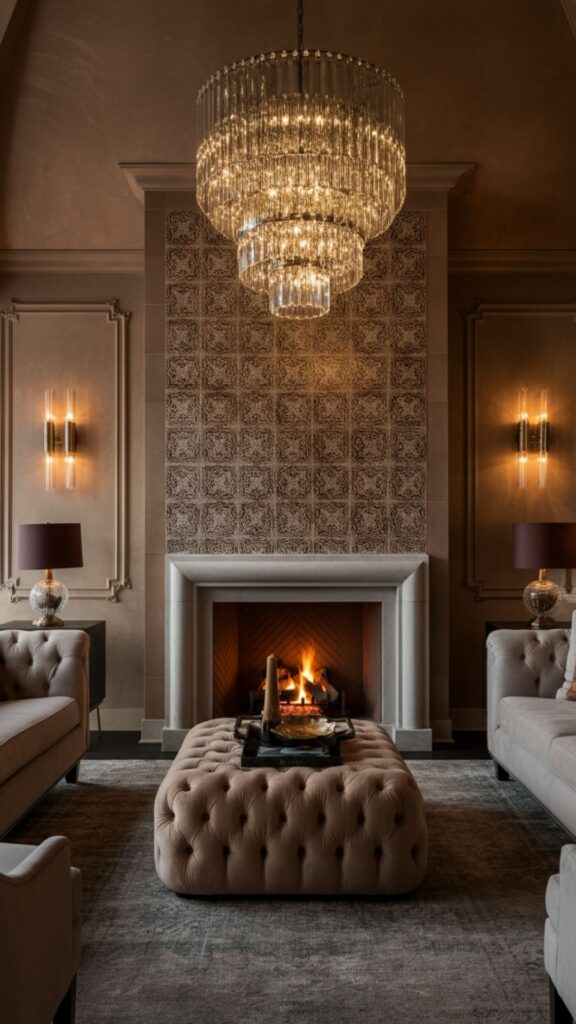
Tile isn’t just for kitchens and bathrooms anymore. A tiled accent wall can bring color, pattern, and durable texture to living rooms, entryways, or fireplace surrounds. Think beyond standard subway tiles and explore options like colorful zellige, bold cement, or intricate mosaic tiles.
A tiled accent wall is not only beautiful but also incredibly durable and easy to clean, making it a practical choice for high-traffic areas.
Pro Tip: When using a bold tile, keep the surrounding decor relatively simple to let the accent wall be the star. Pull one or two colors from the tile to use in smaller decor items around the room.
13. A Gallery Wall of Art
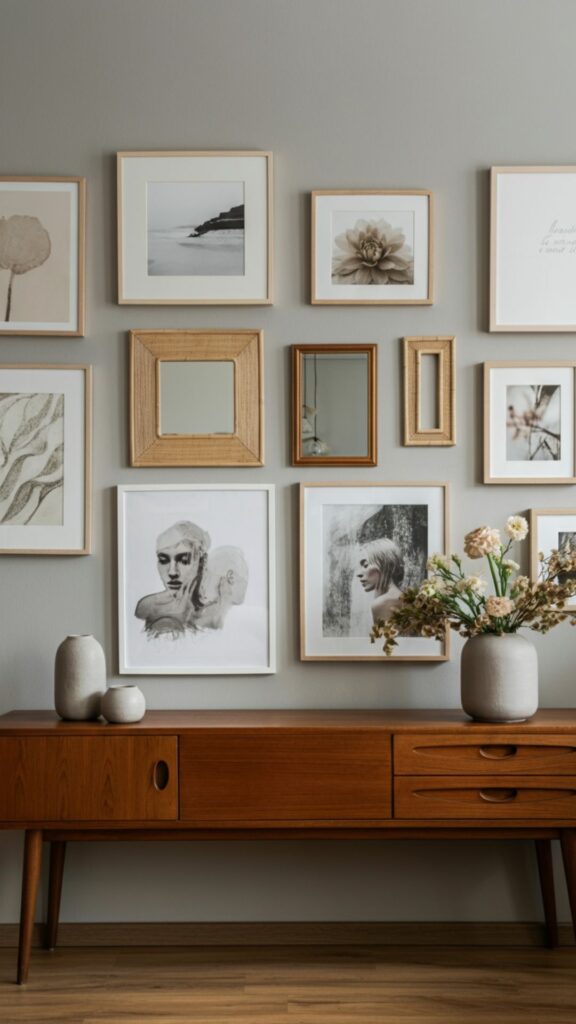
An accent wall doesn’t have to be about the wall surface itself. You can create one by curating a gallery of art. This is perhaps the most personal and flexible option, as it can evolve with you over time.
Arrange a collection of your favorite paintings, photographs, prints, and even objects like mirrors or decorative plates. For a cohesive look, use frames of the same color or style. For a more eclectic vibe, mix and match different sizes, shapes, and materials.
Conclusion: Make Your Statement
An accent wall is a fantastic opportunity to infuse your home with creativity and personal style. It’s a design choice that offers a high return on investment, capable of redefining a room with just one focused change. From a simple, bold coat of paint to an intricate tiled mosaic or a living garden, the possibilities are limited only by your imagination.
Don’t be afraid to experiment. Start by choosing the right wall, consider the function of your space, and select an idea that resonates with you. Your home is a canvas, and an accent wall is your chance to create a masterpiece that you’ll love for years to come.
Frequently Asked Questions (FAQs)
What is the main purpose of an accent wall?
An accent wall, or feature wall, serves as a focal point in a room. Its primary purpose is to draw the eye, add visual interest, and introduce a sense of personality or drama without overwhelming the entire space. It can be used to highlight architectural features, define a specific zone in an open-concept area, or simply add a pop of color and texture.
How do I choose which wall should be the accent wall?
Typically, you should choose the wall you naturally see first when entering a room. Another great option is the wall behind a key piece of furniture, such as your bed’s headboard, the living room sofa, or a fireplace. Avoid walls with too many doors or windows, as these can interrupt the visual impact of your design.
Will a dark accent wall make my room feel smaller?
This is a common misconception. When used strategically, a dark accent wall can actually create an illusion of depth, making a room feel larger. For example, painting the shortest wall in a long, narrow room a dark color can make the space appear wider and more balanced.
Can I have an accent wall in a small room?
Absolutely! An accent wall can work beautifully in a small room. It adds character without cluttering the space. Consider using a bold wallpaper with a large-scale pattern or a rich, deep paint color on the wall behind your bed or a small sofa to create a sense of depth and style.
Should the accent wall color match other things in the room?
Your accent wall should complement, not necessarily match, the rest of your decor. A good strategy is to pull a secondary color from a piece of art, a rug, or throw pillows and use that for your accent wall. This creates a cohesive and intentional design.
